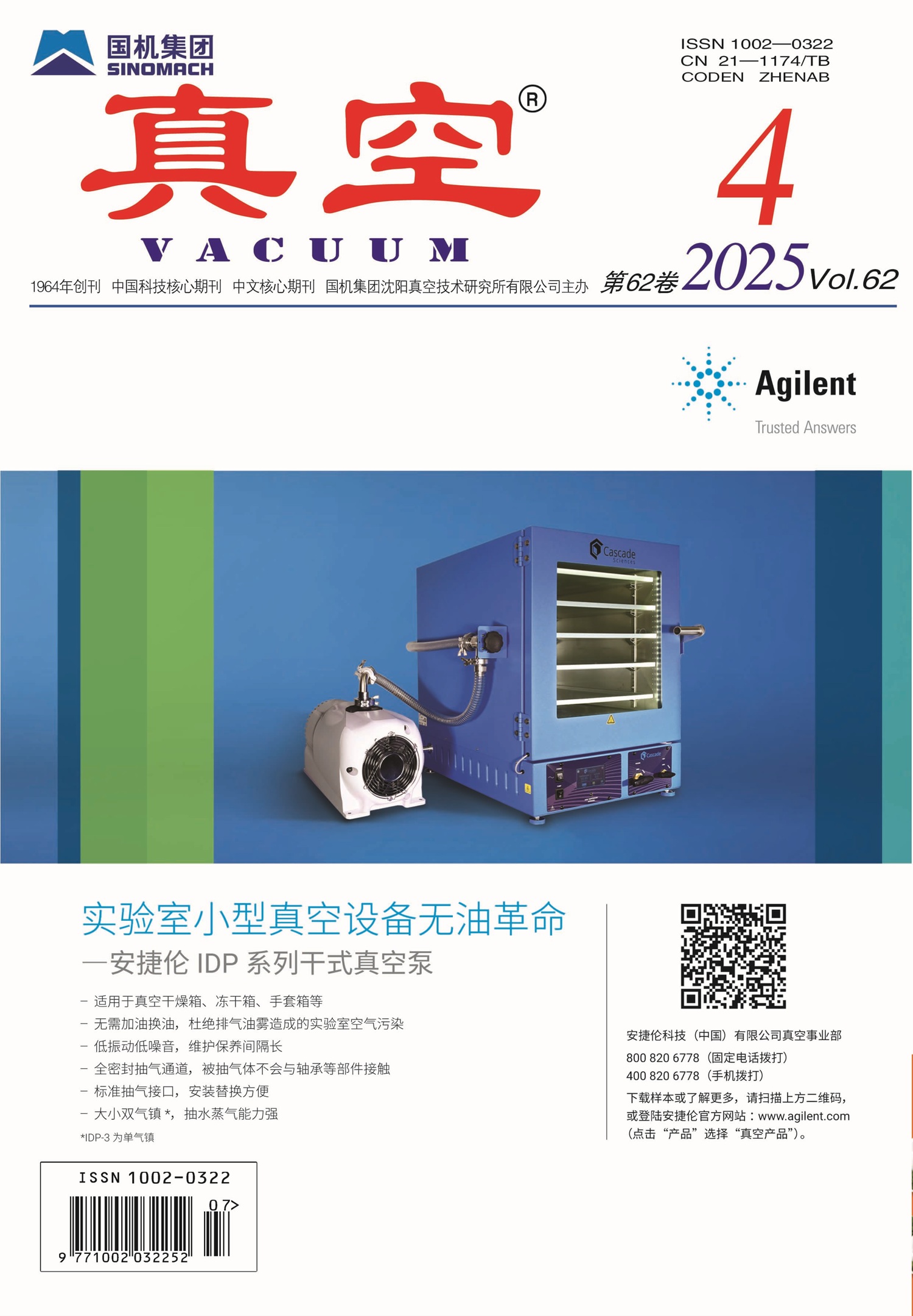|
|
Influence of Critical CVD Processing Parameters on High Temperature Protective Performance of (Ni,Pt)Al Coatings
LIU Yu-zhuo, WANG Xin, LI Na, ZHEN Zhen, XU Zhen-hua
VACUUM. 2024, 61 (3):
63-69.
DOI: 10.13385/j.cnki.vacuum.2024.03.11
Three kinds of (Ni,Pt)Al coatings were fabricated on nickel-based single crystal superalloy via chemical vapor deposition (CVD) technique at different deposition temperature and deposition pressure. The influence of critical CVD processing parameters on the high temperature protective performance of (Ni,Pt)Al coatings was systematically investigated. The phase constituent, microstructure and chemical content of the three (Ni,Pt)Al coatings were analyzed by XRD, SEM and EDS. The results show that with the increment of deposition temperature, the diffraction peaks of (Ni,Pt)Al coatings shift to a large 2θ-degree at the same deposition pressure. However, at the same deposition temperature, the coating diffraction peaks shift to a small 2θ-degree at the elevated deposition pressure. The grain size of the coating tends to become larger and the thickness of the coating correspondingly turns into thicker accompanying with the increment both of deposition temperature and deposition pressure. After evaluation of isothermal oxidation (1 100 ℃/250 h) and gas hot corrosion (900 ℃/100 h), the oxidation kinetic weight gain of the coating specimen with deposition temperature of 1 080 ℃ and deposition pressure of 300 mbar is less than that of the other two types of coating samples, and the (Ni,Pt)Al coatings prepared by this process has the best high temperature protective properties. Controlling the premature initiation and growth of microcracks in the oxide film at local position on top of coating surface, and reducing the number of microholes caused by hot corrosion are the trend of CVD processing optimization to improve the high temperature oxidation-resistance and corrosion-resistance of (Ni,Pt)Al coatings.
References |
Related Articles |
Metrics
|

 Table of Content
Table of Content
 Table of Content
Table of Content